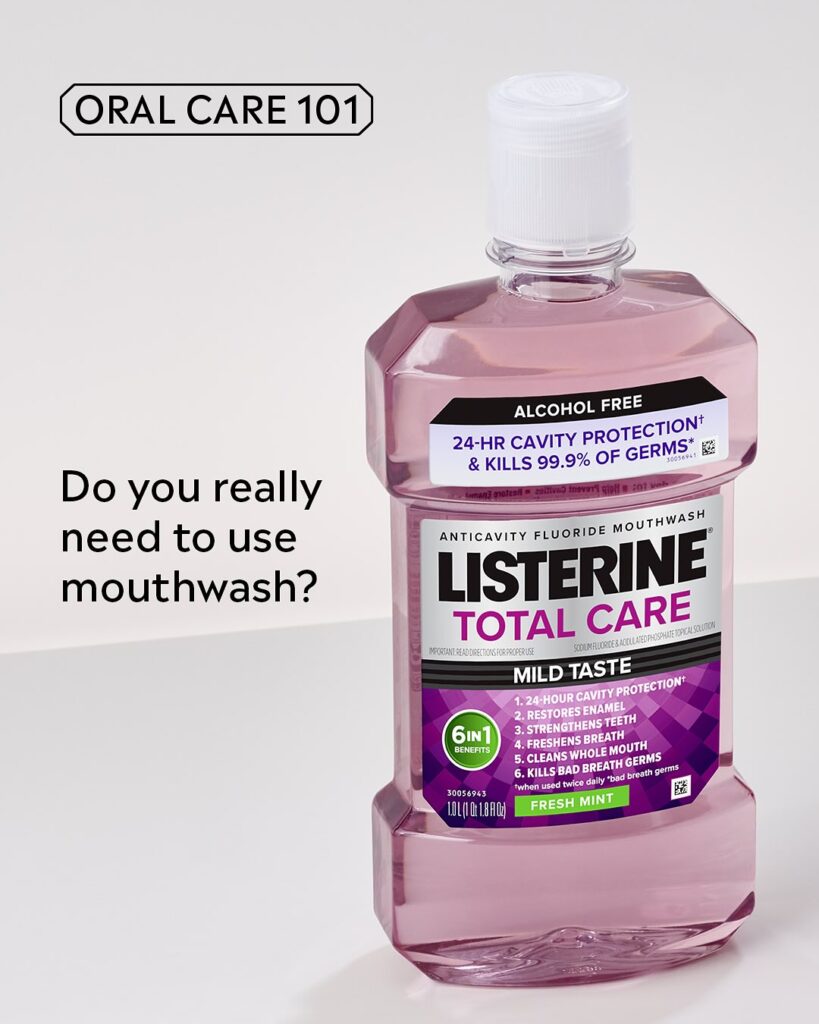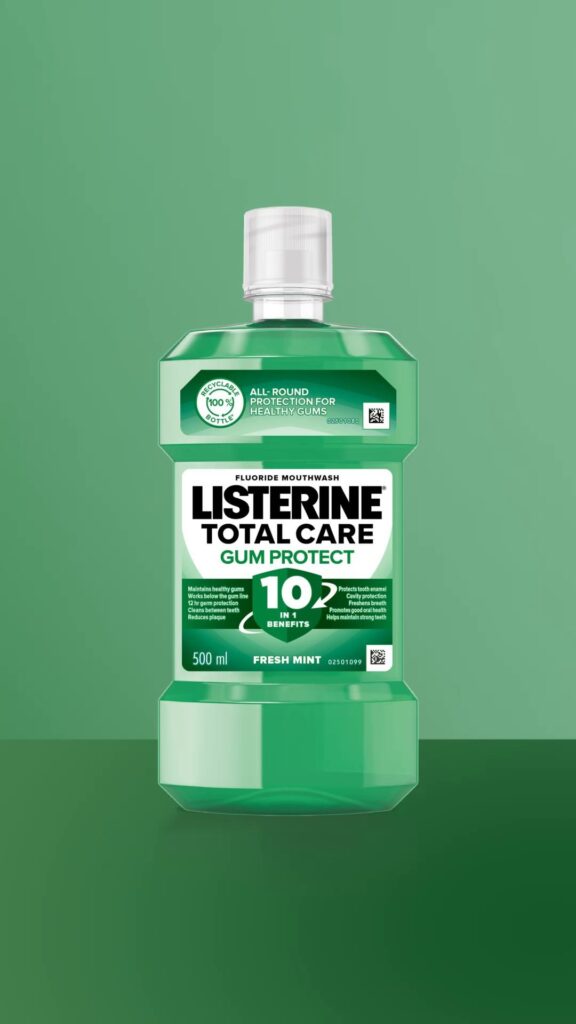Listerine: A Century of Innovation and Market Leadership

Listerine: A Century of Innovation and Market Leadership. Listerine’s journey from a surgical antiseptic to a global leader in oral care is a compelling narrative of innovation, strategic marketing, and resilience. This transformation offers valuable lessons for entrepreneurs aiming to build enduring brands.
Origins: From Operating Rooms to Oral Care
In 1879, Dr. Joseph Lawrence developed Listerine as a surgical antiseptic, naming it in honor of Dr. Joseph Lister, a pioneer in antiseptic surgery. Initially, Listerine was marketed to medical professionals for sterilizing surgical instruments and cleaning wounds. By 1895, its antiseptic properties led to its adoption by dentists for oral care, and in 1914, Listerine became the first over-the-counter mouthwash sold in the United States.
Lesson for Entrepreneurs: Adaptability is crucial. Recognizing and capitalizing on new applications for an existing product can open untapped markets.

Strategic Marketing: Creating Demand
In the 1920s, Listerine’s marketing strategy revolutionized consumer behavior. The brand introduced the term “halitosis,” positioning bad breath as a significant social concern that required immediate attention. Advertisements depicted individuals ostracized due to bad breath, emphasizing the need for Listerine as a solution. This approach transformed Listerine from a medical antiseptic to a household necessity, with annual sales soaring from $100,000 in 1921 to over $4 million by 1927.
Lesson for Entrepreneurs: Effective marketing can create demand by addressing latent consumer needs and positioning a product as an essential solution.
Product Diversification and Innovation
Listerine’s commitment to innovation is evident in its product diversification. In 1992, the introduction of Cool Mint Listerine provided consumers with a flavored alternative to the original formula. Subsequent variants like FreshBurst (1995) and Natural Citrus (2003) catered to evolving consumer preferences. Additionally, the transition from glass to plastic bottles in 1994 improved convenience and safety.
Lesson for Entrepreneurs: Continuously innovating and diversifying products in response to consumer preferences can sustain relevance and competitiveness.

Addressing Challenges: Regulatory Scrutiny
In 1976, Listerine faced regulatory challenges when the Federal Trade Commission ruled that the brand’s claims of preventing colds and sore throats were misleading. The company was required to cease such claims and acknowledge their inaccuracy in future advertisements.
Lesson for Entrepreneurs: Maintaining transparency and adhering to ethical marketing practices are essential for long-term credibility and consumer trust.
Modern Marketing: Engaging the Digital Consumer
In recent years, Listerine has embraced digital marketing strategies to engage consumers. Campaigns like the “21-Day Challenge” encouraged users to incorporate Listerine into their daily routines, leveraging social media and mobile platforms to motivate participation and reward commitment.
Lesson for Entrepreneurs: Utilizing digital platforms and interactive campaigns can enhance consumer engagement and brand loyalty in the modern marketplace.

Conclusion: Enduring Success Through Strategic Evolution
Listerine’s evolution from a surgical antiseptic to a staple in oral hygiene exemplifies the power of strategic marketing, product innovation, and adaptability. By identifying new applications, creating compelling marketing narratives, diversifying product offerings, and embracing modern digital strategies, Listerine has maintained its market leadership for over a century.
Key Takeaways for Entrepreneurs:
- Adaptability: Be open to redefining your product’s purpose to meet emerging consumer needs.
- Innovative Marketing: Craft narratives that resonate with consumers, even if it means creating awareness of needs they weren’t previously conscious of.
- Product Diversification: Regularly update and expand your product line to cater to changing tastes and preferences.
- Ethical Practices: Ensure all marketing claims are substantiated to maintain trust and comply with regulations.
- Digital Engagement: Leverage digital platforms to create interactive and engaging consumer experiences.
By learning from Listerine’s strategic decisions and adaptability, entrepreneurs can glean insights into building and sustaining a successful brand in a dynamic market landscape.




